Indian television growing globally and challenging the might of cinema is thanks to big-thinking producers like Rahul Kumar Tewary.
The hit drama serials he has masterminded include Suryaputra Karn, Navya: Naye Dhadkan Naye Sawaal, Porus, Devi Adi Parashakti, and Karmaphal Daata Shani. By delivering shows across genres, he has demonstrated impressive range as a forward-thinking creative.
Eastern Eye caught up with one of the big heroes of Indian TV to discuss his journey, hit serial Udne Ki Aasha, inspirations, and new show Ram Bhavan. He also shared what makes a great show and the importance of a strong cast.
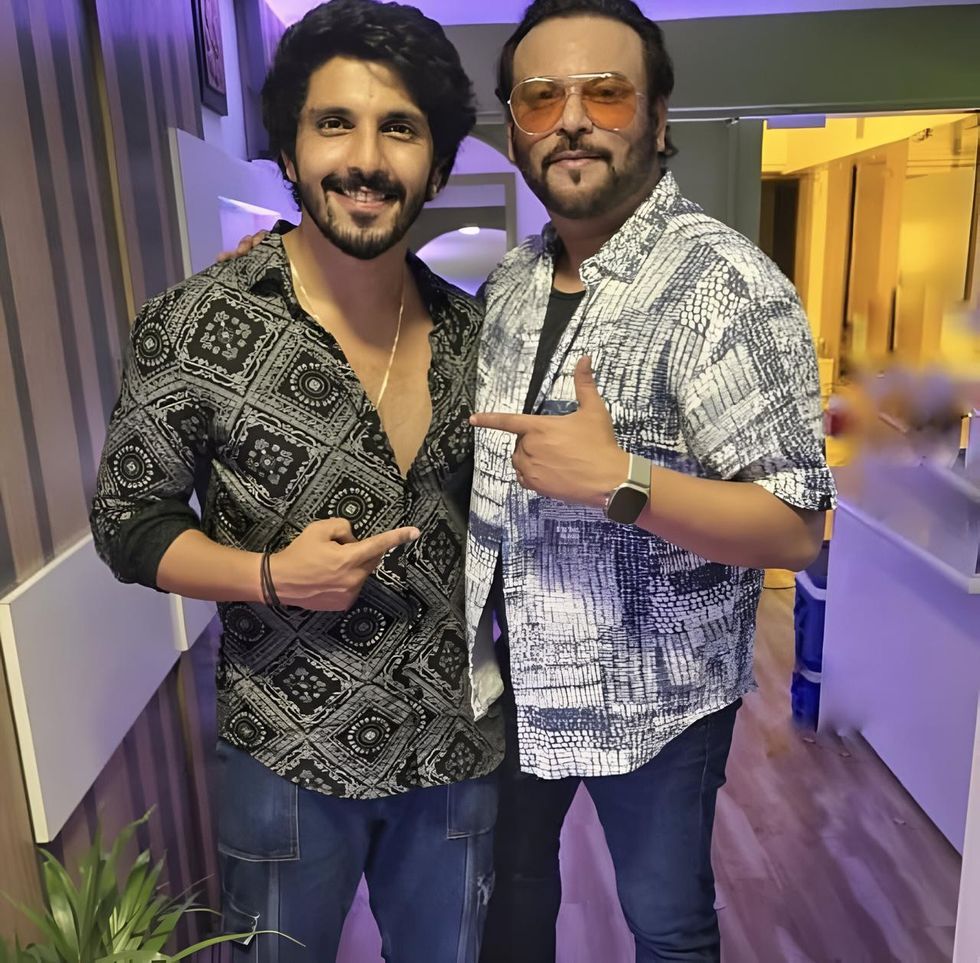
What made you want to become a TV producer?
I have always been passionate about cinema, especially commercial content that resonates with the masses. The idea of bringing characters and narratives to life onscreen fascinated me. Since 2010, my journey in television has been incredibly fulfilling. Over the past 15 years, I have witnessed a variety of content and storytelling, and feel extremely satisfied with the path so far.
How do you reflect on that journey?
It has been very interesting. I have had the opportunity to be part of many quality shows. Every project comes with its own challenges and learnings, but overall, I am content with how my career has shaped up. The ability to create something that connects with audiences and leaves an impact is what excites me and keeps me going.
What is the secret to producing a good TV show?
There is no fixed formula or secret to success. It all comes down to what you believe in and how well the audience connects with your content. Sometimes, viewers relate to a character. Other times, the storyline works better more than expected. The key is to tell a relatable story with conviction. If the audience finds a personal connection, the show succeeds.
What did you like about your recent show, Udne Ki Aasha?
I love that it tells a relatable story, especially in today’s social media-driven world. It revolves around a young girl from a lower-middle-class background who aspires to achieve something meaningful and carve out a place in society. The show beautifully captures family dynamics, ambition, and how two completely different individuals come together to build a life. That emotional connection makes it special. The ensemble cast and narrative style make it work.
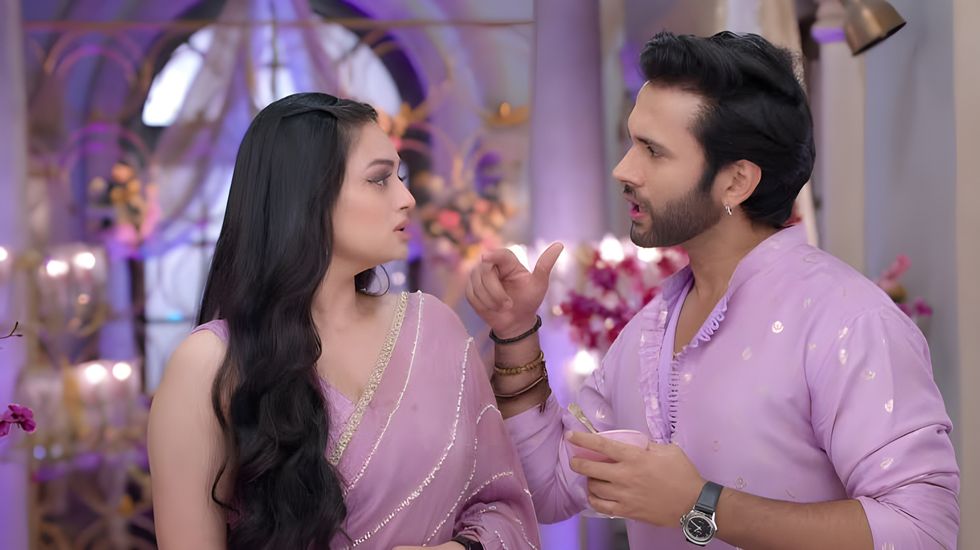
Why else do you think Udne Ki Aasha is so loved?
The audience connects with the show because it reflects real-life struggles, dreams, and relationships. The characters feel authentic, and their journey is relatable. Viewers enjoy watching how individuals navigate personal and professional challenges while maintaining strong family bonds. It is a mix of emotions, aspirations, and drama elements that strike a chord with audiences.
How important is it for you to get a strong cast?
Casting is crucial for every show. The right actors bring characters to life, and if the casting is right, half the battle is already won. As a producer, I invest a lot of effort in ensuring that every character is portrayed by the right actor. A strong cast elevates the script and enhances the storytelling.
What do you typically look for in actors when casting for a show?
As a producer, you must be involved in every step – from script development to adaptation and execution. This includes casting, episodic storytelling, screenplay, and dialogue. When casting, I look for actors who not only fit the role visually but also bring depth and authenticity. Acting is not just about delivering lines – it is about making the audience believe in the character’s journey.
Tell us about your new show 'Ram Bhavan'.
Ram Bhavan is a fascinating show centred around a once-grand palace that has lost its legacy over generations. The story is set in the present, where three brothers struggle to maintain their livelihood within the palace. It explores family dynamics, power struggles, and relationships, particularly between a sister-in-law and brother-in-law, which is a very relatable aspect of many Indian families.
You are also an accomplished director. What is the best thing about that?
I have learnt everything on the job. Over the years, I observed other directors at work and gradually understood the art of direction. I enjoy setting up characters and their journeys. I have directed several high points across shows, but Ram Bhavan is special. I directed and set it up myself. Getting each character’s nuances right was very satisfying. I hope audiences enjoy it.
What inspires you creatively?
The entire creative process of storytelling – from scripting to final execution – inspires me the most. I love watching how a story transforms from words on a page to visuals onscreen. Writing characters, shaping dialogue, and watching actors bring it to life is a fascinating and motivating process.
What do you most enjoy watching on television as an audience?
I am a huge fan of gripping crime dramas and inspiring biographical stories. I enjoy content based on real-life events and influential personalities who have made a lasting impact. Shows like Delhi Crime and Paatal Lok are perfect examples of storytelling that keep me engaged.
Why do you love working in television?
Television is constantly evolving – and so is the audience. Today’s generation has a shorter attention span, so storytelling must adapt. You can no longer drag a story. You must get to the core quickly and engage the audience immediately. That challenge excites me. I love working in television because it allows me to create relatable, engaging content. Going forward, we aim to expand into the series space while continuing to build shows that connect with viewers.
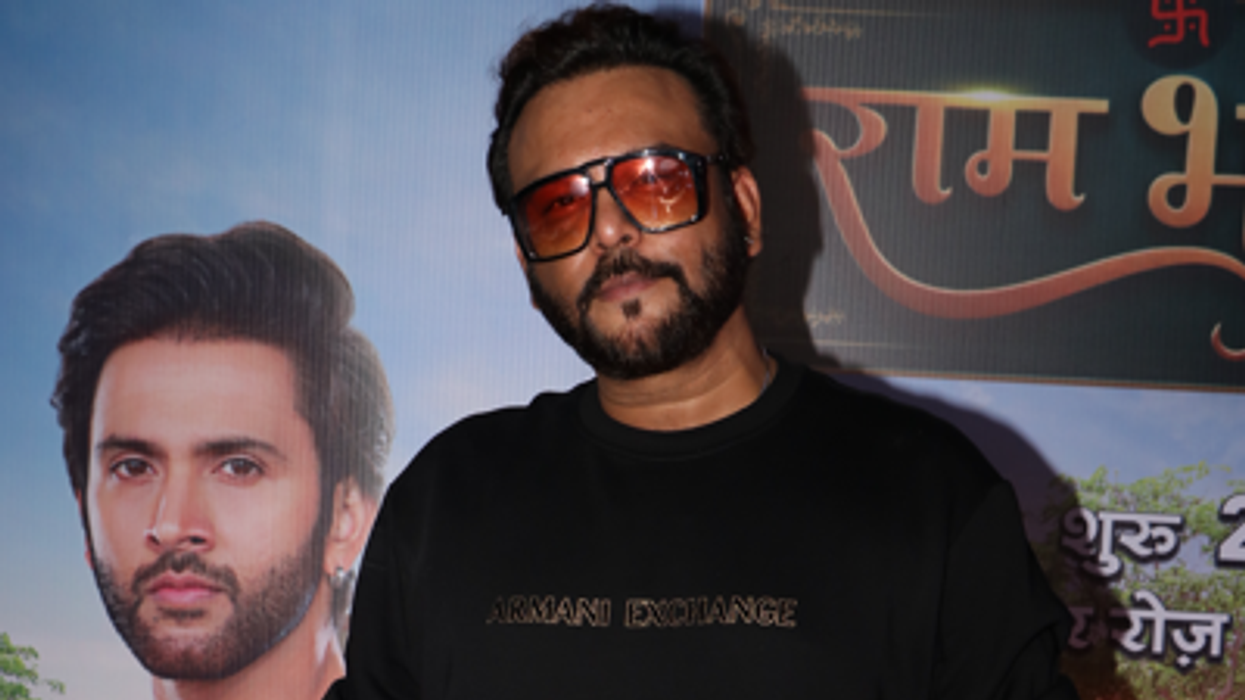





 The Story Teller by Ley Roberts
The Story Teller by Ley Roberts Summer Exhibition coordinator Farshid Moussavi, with Royal Academy director of exhibitions Andrea Tarsia in the background
Summer Exhibition coordinator Farshid Moussavi, with Royal Academy director of exhibitions Andrea Tarsia in the background An installation by Ryan Gander
An installation by Ryan Gander A sectional model of DY Patil University Centre of Excellence, Mumbai, by Spencer de Grey
A sectional model of DY Patil University Centre of Excellence, Mumbai, by Spencer de Grey Rituals and Identity and Theatre of Resistance by Arinjoy Sen
Rituals and Identity and Theatre of Resistance by Arinjoy Sen








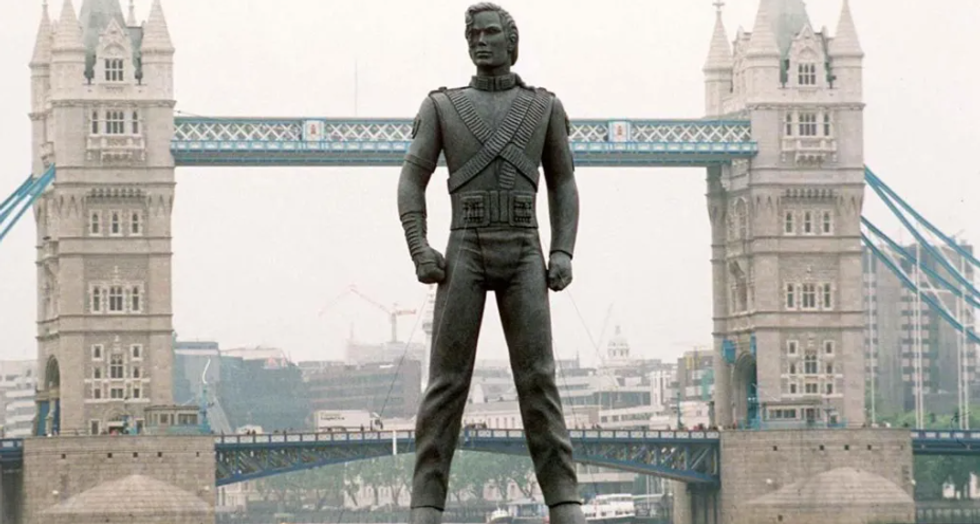 The statues were the product of a transatlantic effortGetty Iamges
The statues were the product of a transatlantic effortGetty Iamges
 The 50 digital paintings showcase a blend of cosmology and Indian classical musicThe Bhavan
The 50 digital paintings showcase a blend of cosmology and Indian classical musicThe Bhavan
 Deccan Miniature Images - Gold Cows on red getty images
Deccan Miniature Images - Gold Cows on red getty images Pastel Lotus getty images
Pastel Lotus getty images Krishna as Govindagetty image
Krishna as Govindagetty image Greyscale Pichvais
Greyscale Pichvais  Sketches
Sketches  Modern Cow Pastel
Modern Cow Pastel Sketches
Sketches  Pichvai gifted to Narendra Modi
Pichvai gifted to Narendra Modi  Black and gold Gopis
Black and gold Gopis  The Haveli of Shrinathji
The Haveli of Shrinathji
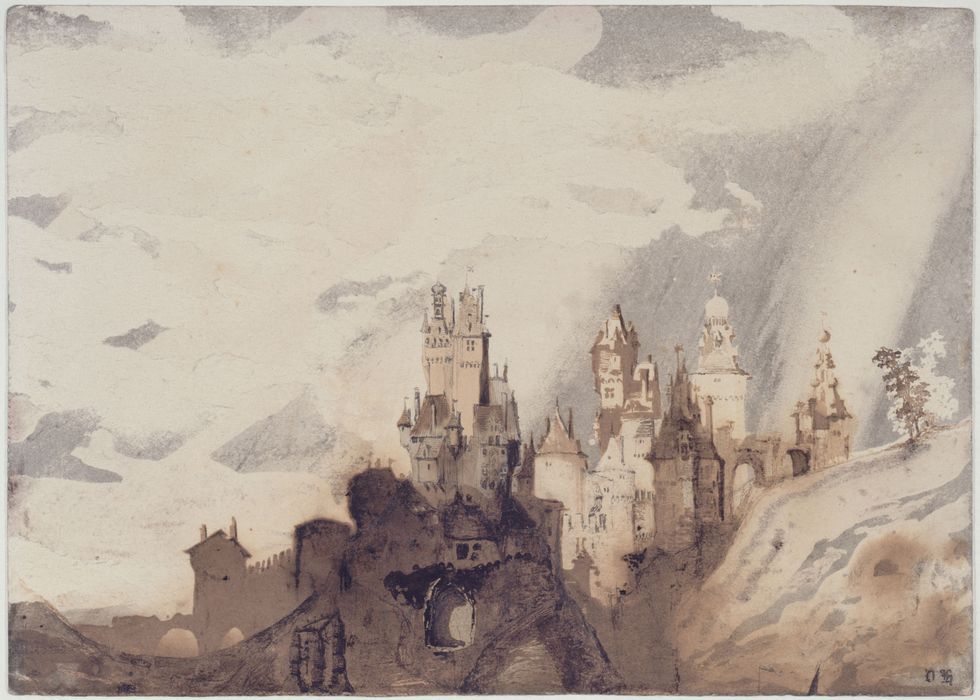 The Cheerful CastleParis Musees
The Cheerful CastleParis Musees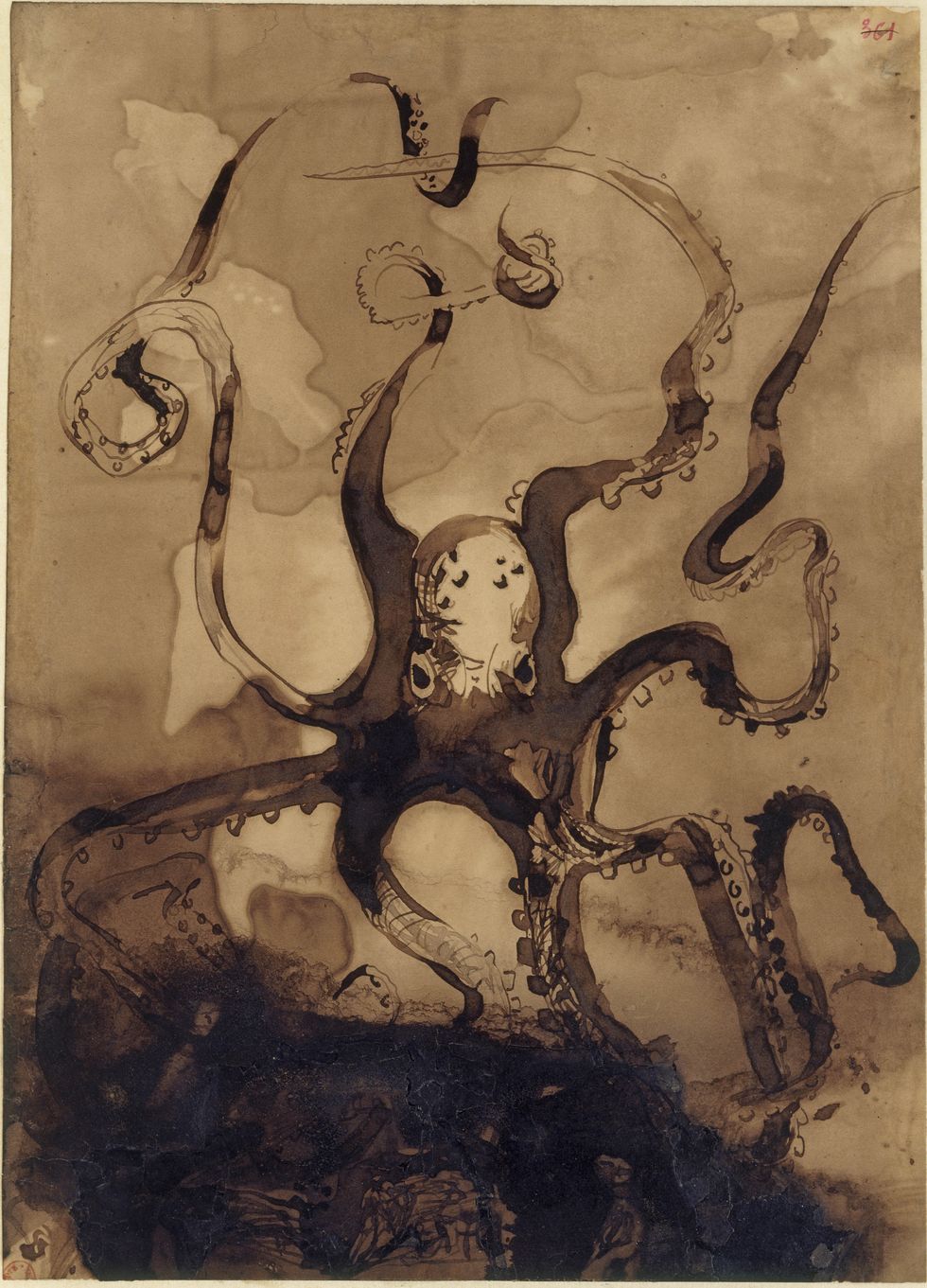 OctopusParis Musees
OctopusParis Musees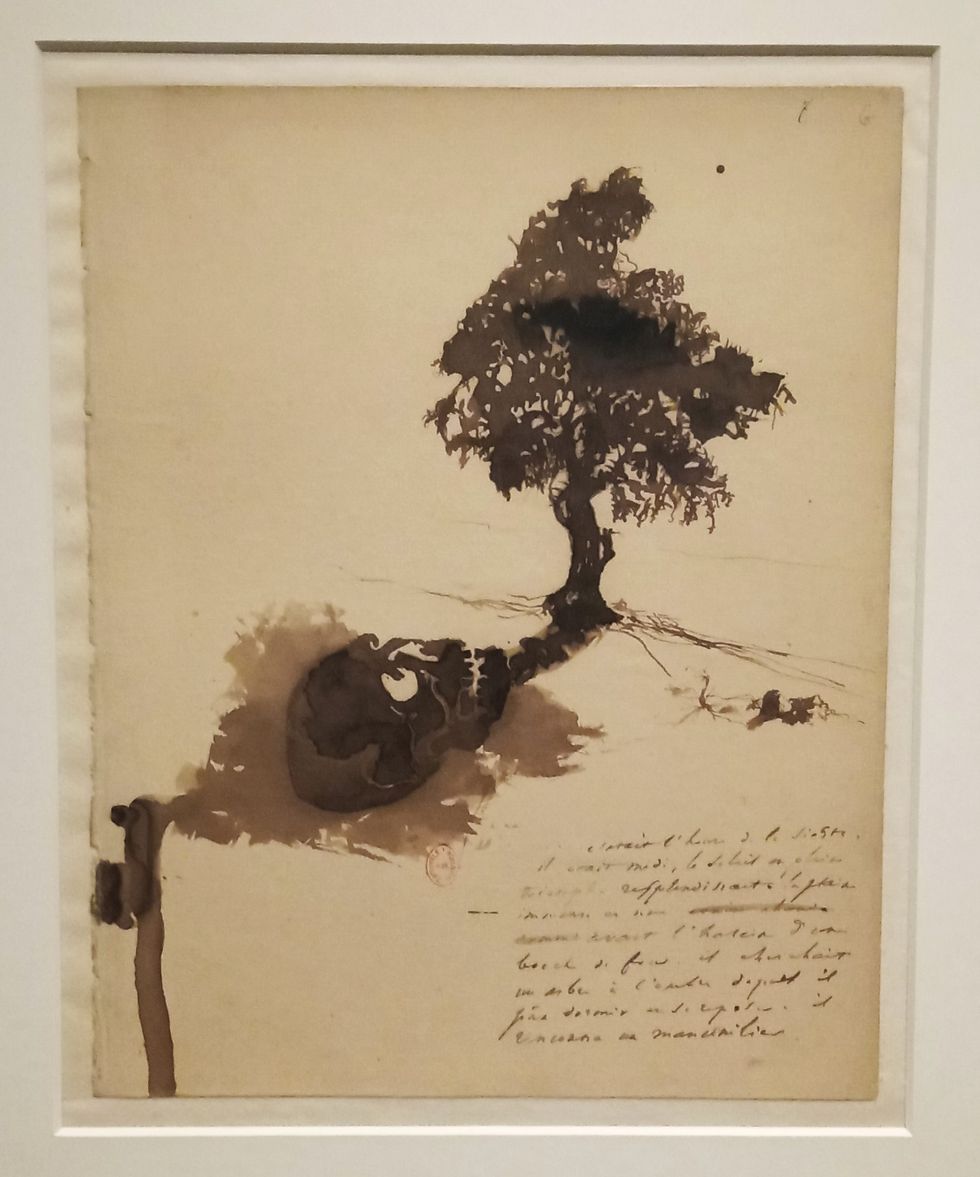 The Shade of the Manchineel TreeParis Musees
The Shade of the Manchineel TreeParis Musees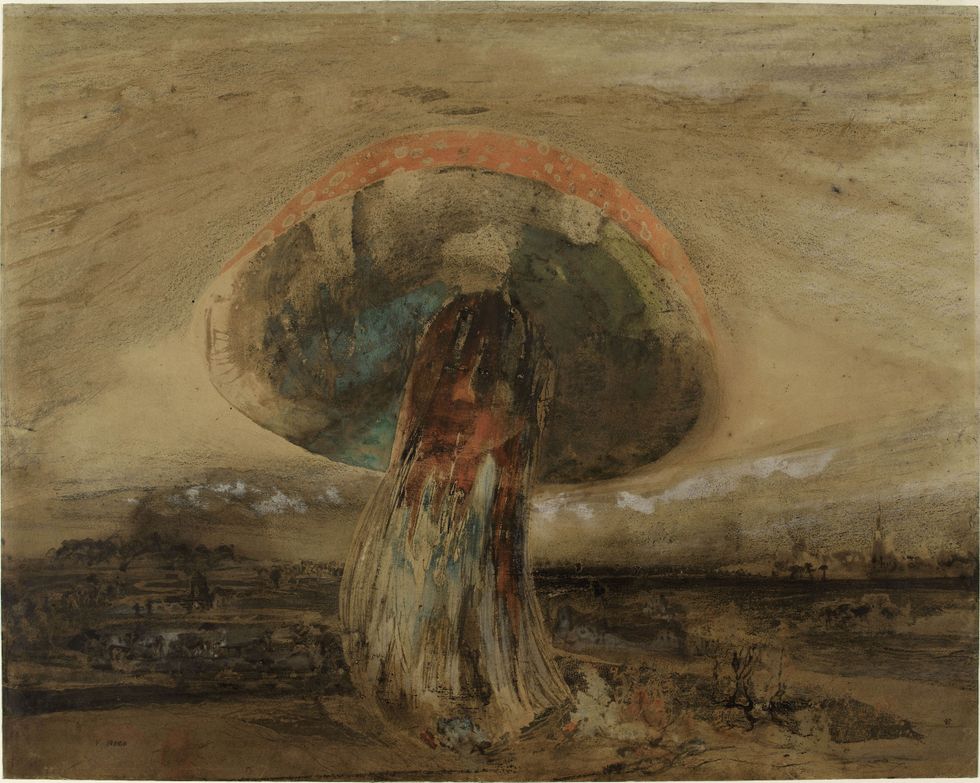 MushroomParis Musees
MushroomParis Musees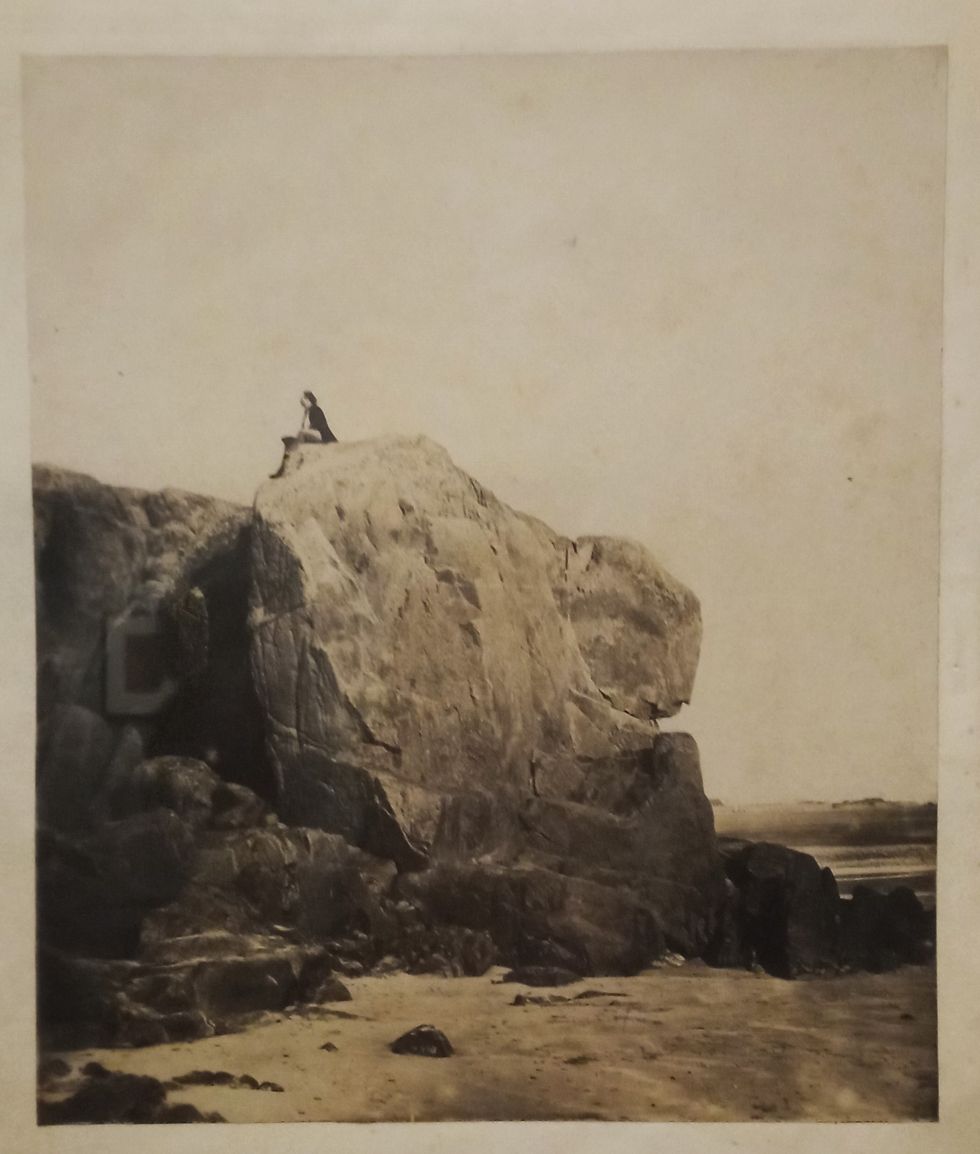 A photograph of Hugo taken by his son, CharlesParis Musees
A photograph of Hugo taken by his son, CharlesParis Musees